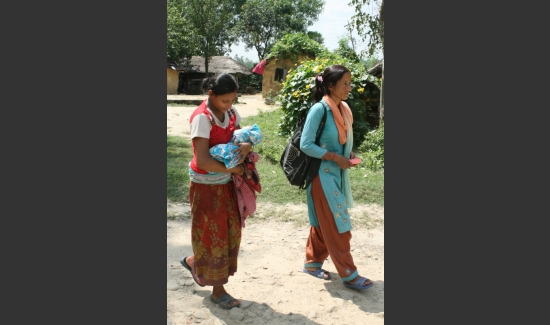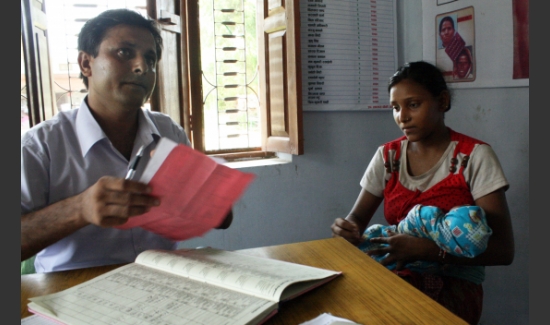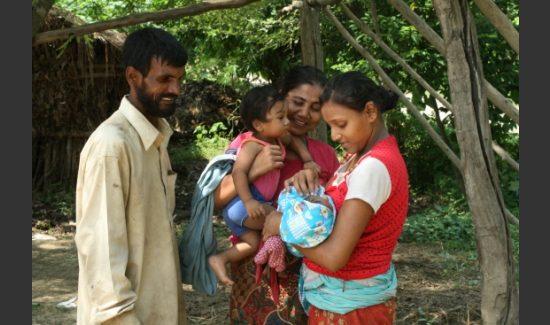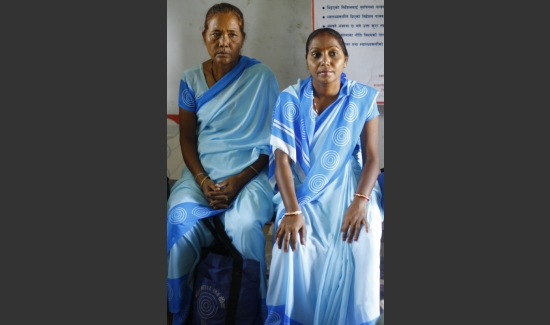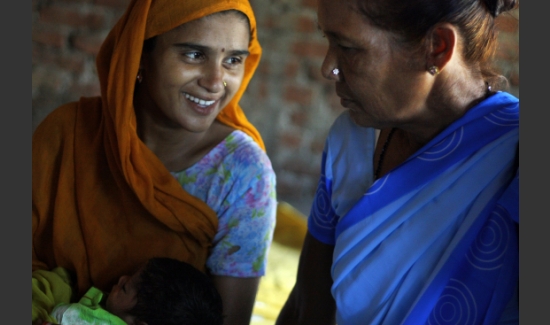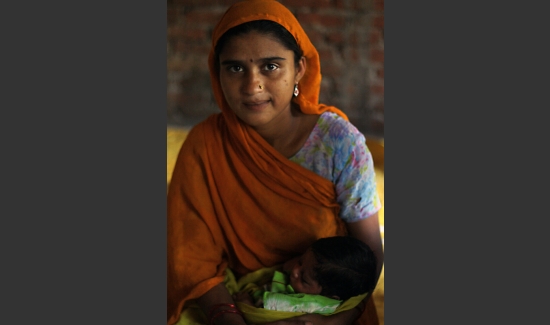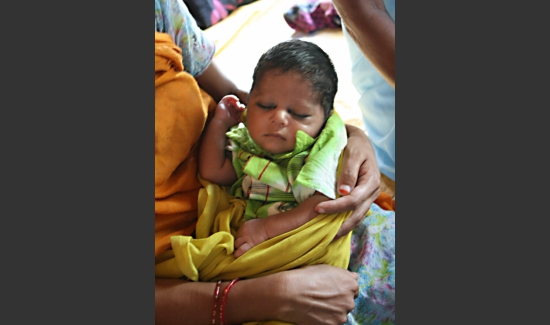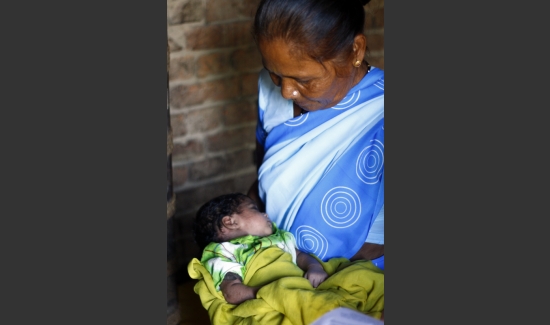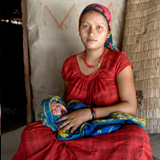
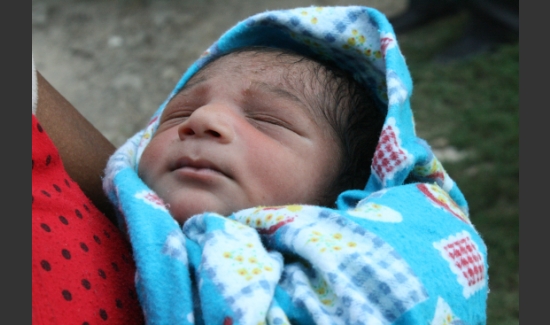
Nepal 236Each year 3.1 million newborns, babies that are less than 28 days old, die around the world.
Infection is one of the top three causes of newborn death worldwide, claiming more than one million newborn lives each year. A baby's newly cut umbilical cord can be an entry point for bacteria, which can lead to cord infection and potentially life-threatening sepsis.
Photo: Monika Gutestam / Save the Children
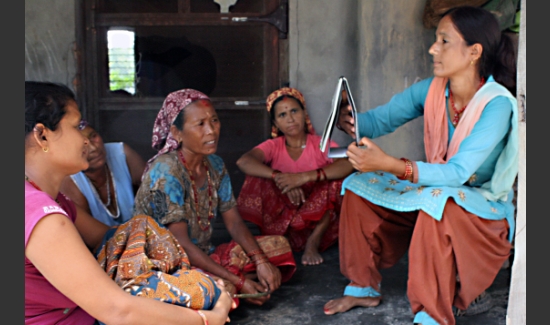
Nepal 186In Nepal, the 50,000-strong government health worker cadre known as Female Community Health Volunteers (FCHVs), are credited with helping raise contraceptive rates and reduce child deaths among rural families in Nepal over the last two decades.
This community-based health worker force is now learning and teaching mothers how to save newborns from umbilical cord infections and potential life-threatening infections.
Photo: Monika Gutestam / Save the Children
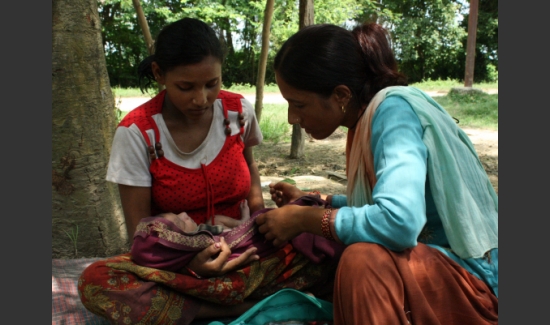
Nepal 204Poor hygiene and lack of antisepsis at birth and in the first week of life increase the risk of deadly but preventable infections. In a visit to Srijana's home, Female Community Health Volunteer Radha Acharya examines her 9-day old baby boy for danger signs. This is the second time Radha has visited Srijana and her baby at their home since giving birth at a nearby hospital.
Radha records the baby’s temperature and respiratory rate, and upon examining the cord, discovers signs of cord infection.
Photo: Monika Gutestam / Save the Children
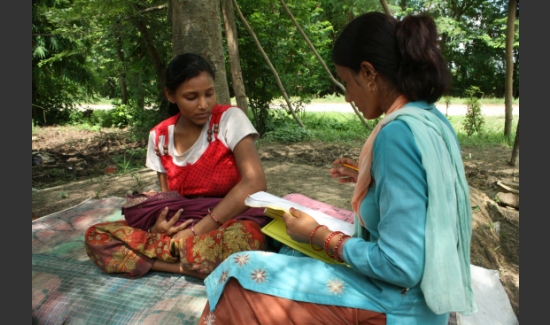
Nepal 214After identifying signs of a cord infection, Radha counsels Srijana to seek help at the nearest health post. In some cultures it has been a tradition to frequently put substances such as mustard oil on the cord stump, in belief that it prevents infection. Following tradition, Srijana had been told by her family to rub mustard oil on her baby's cord.
Photo: Monika Gutestam / Save the Children
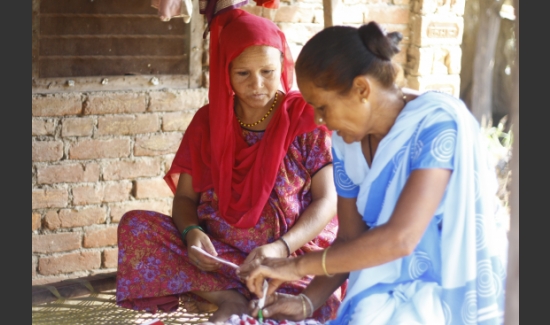
_MG_9992Most deaths due to infection can be averted by prevention, early detection of signs of infection and prompt treatment. A new preventive measure, chlorhexidine cord care, has been tested in Pakistan, Bangladesh and Nepal, and is effective in reducing exposure to bacteria that cause life-threatening infections. Applying chlorhexidine to the stump prevents infection and saves newborn lives.
Photo: Monika Gutestam / Save the Children
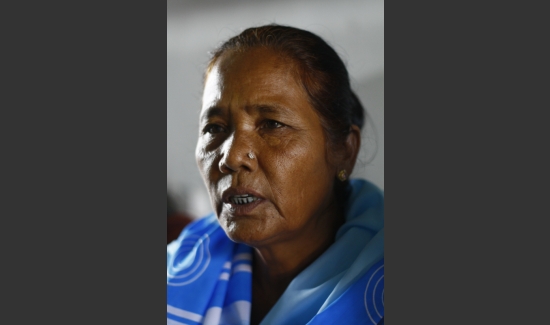
_MG_9833Sita is one of those Female Community Health Workers, and has provided services to mothers and newborns in her community for 25 years. Motivated by the desire to learn, Sita has challenged the norms that make it uncommon for women to work outside the home.
Today, she is a respected and sought after source of knowledge in the community.
Photo: Nayan Pokhrel Sindhuliya / Save the Children
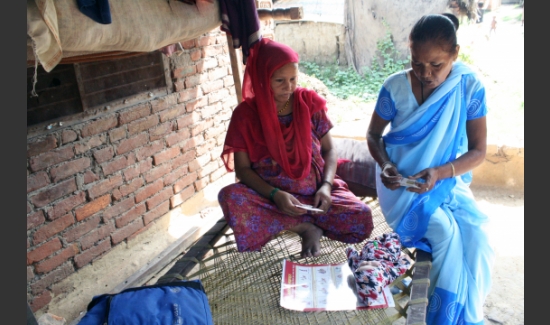
Nepal 128Here, Sita visits mother Bimala Jhajawa for an antenatal check up, and provides information on cord care, prevention and management of newborn infections.
As part of her training, Sita has learned to use chlorhexidine for cord care, and discusses with the mother not only the risk of infection but also prevention.
Photo: Nayan Pokhrel Sindhuliya / Save the Children
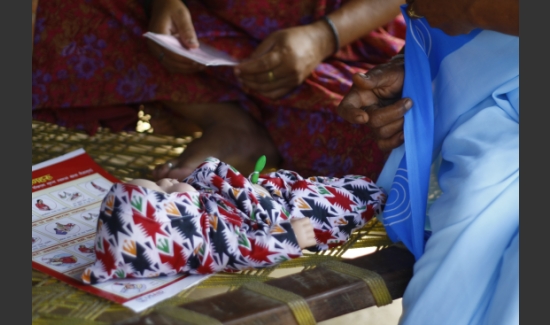
_MG_9994Sita uses a doll to show how to apply chlorhexidine properly immediately after cutting the cord. All Female Community Health Volunteers that are part of the research project have the same doll, dressed in a traditional baby cloth called Bhoto-Suruwal to also teach mothers the importance of avoiding hypothermia.
Photo: Monika Gutestam / Save the Children
Chlorhexidine (CHX) cord cleansing has been recently tested in high mortality settings, and provides an evidence-based approach to managing newborn infections, particularly in settings where hygiene conditions represent an important infection risk for newborns.
Community-based trials in Nepal, Bangladesh and Pakistan found CHX cord cleansing reduces the risk of newborn death by up to 23 percent and eliminates up to three-quarters of serious umbilical infections.
The use of CHX is being recognized as an efficacious, acceptable, feasible and cost-effective newborn care intervention. The widespread practice of CHX cord cleansing could prevent more than 200,000 newborn deaths each year in South Asia.
